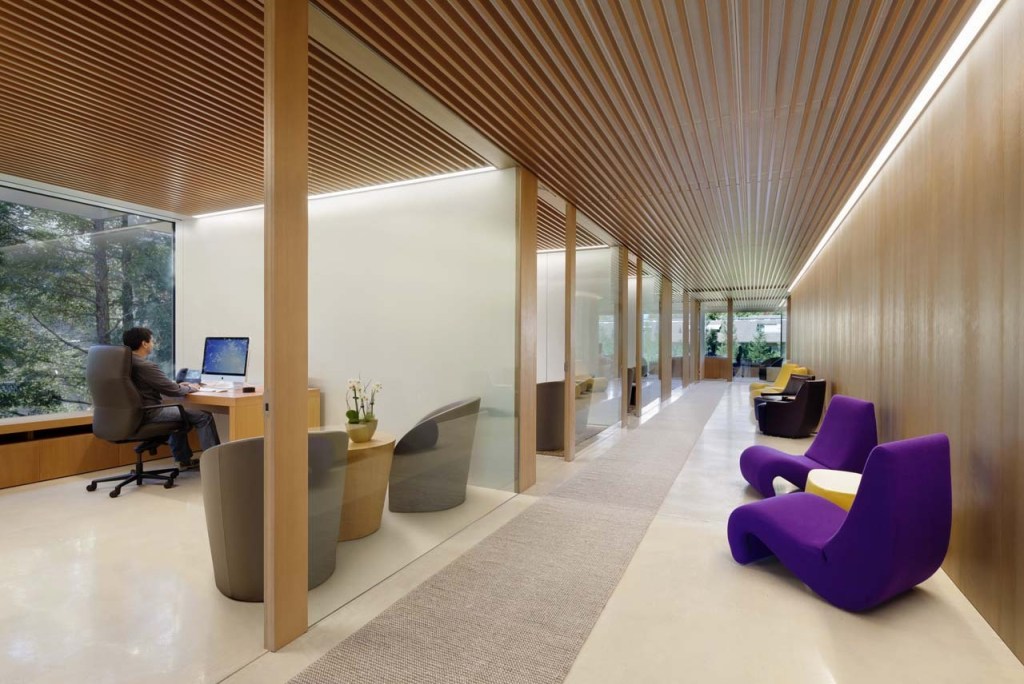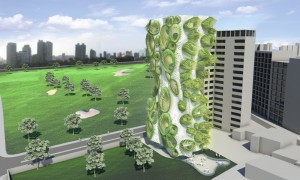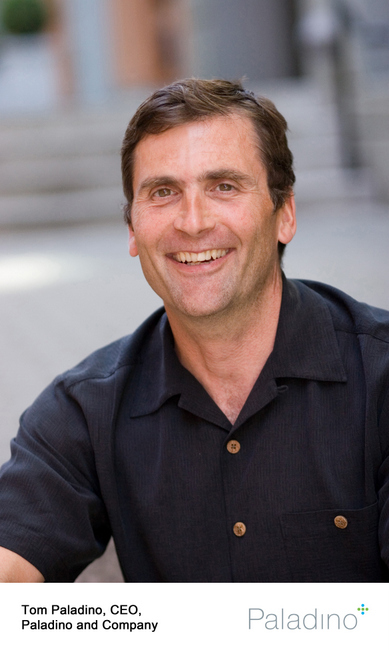The Modern Workplace
Trendy office design
With the rapid development of the green building movement and the integration of tech solutions into all sectors of real estate, we are currently witnessing the rebirth of the modern workplace. White walls and blunt office spaces have been replaced with nurturing environments focused on sustainability, livability and cost-efficiency. Architects, designers and developers are working […]


